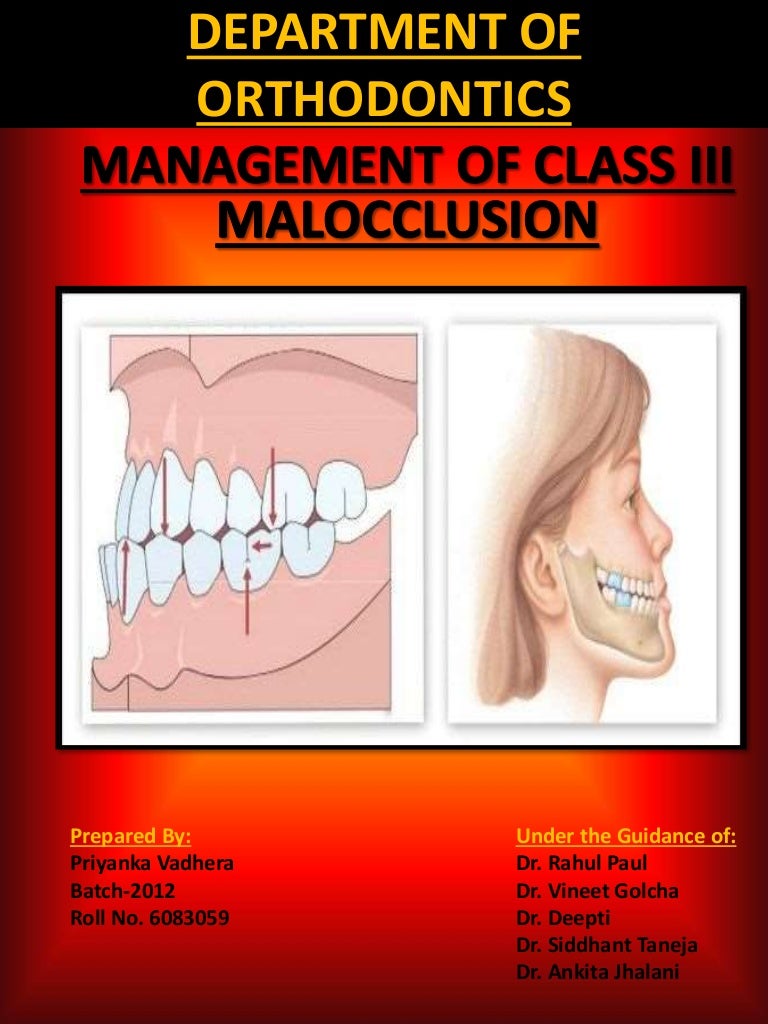class iii malocclusion treatment options
Etiologic factors for Class III malocclusions include a wide spectrum of skeletal and dental compensation components The condition might be characterized by mandibular prognathism maxillary retrognathism retrusive mandibular dentition protrusive maxillary dentition and a combination of the above Clinically Class III. Dental malocclusions are classified based on the positioning of the upper and lower molars.
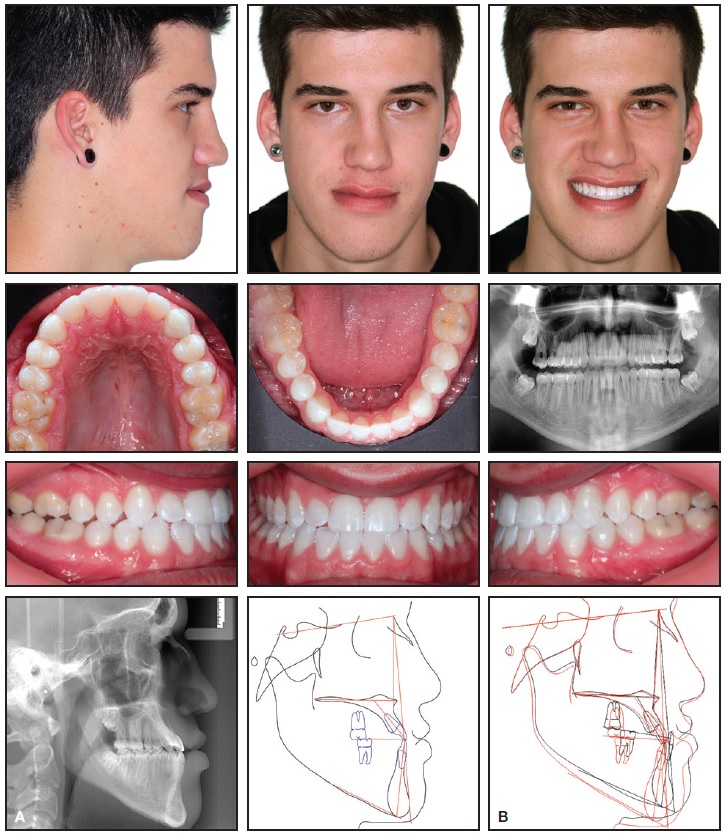
Nonsurgical Correction Of Severe Skeletal Class Iii Malocclusion Jco Online Journal Of Clinical Orthodontics
Different Treatment Options for a Class 3 Malocclusion.

. The prevalence in Caucasians ranges between 1 and 4. An Invisible Approach to Correct Mild Skeletal Class III Malocclusion. The treatment of Angle Class III malocclusion is rather challenging because the patients growth pattern determines the success of long-term treatment.
In the early mixed dentition and in older patients with mild skeletal discrepancies orthodontic treatment usually involves proclining the maxilliary anterior teeth into positive overjet. The National Health and Nutrition Examination Survey reveals that a large percentage of the population has a malocclusionThat means that many people in the world have ill-positioned teeth. However the benefit of this early treatment modality is not clear.
The prevalence of Class III malocclusion varies among different ethnic groups. Treatment options also vary depending on age and the type of malocclusion. Growth modification dentoalveolar compensation orthodontic camouflage and orthognathic surgery.
One of the reasons orthodontists are reluctant to render early orthopedic treatment in Class III patients is the inability to predict mandibular growth. There are three main treatment options for skeletal class III malocclusion. Skeletal Class III malocclusion is characterized by mandibular prognathism maxillary deficiency or some combination of these two features.
Approximately 30-40 of Class III patients exhibit some degree of maxillary deficiency. Malocclusion is the term for a skewed relationship between the positioning of the teeth with the jaw closed. This outdated dogma has now.
Class 3 is the rarest type of malocclusion. Class III malocclusion is a less frequently observed clinical problem than Class II or Class I malocclusion occurring in less than 5 of the US. Early diagnosis and treatment are still highly discussed issues in orthodontic literature.
Class III malocclusion The relative mesio-distal relations of the jaws and dental arches are abnormal where the mandibular teeth occlude the maxillary teeth mesial to its normal position. Therefore devices can be used for maxillary protraction for orthodontic treatment in early mixed dentition. Moreover the early treatment may help these children to avoid psychological problems increasing their self-confidence and self-esteem and at the same time the worsening.
This type of early intervention has been indicated more frequently in order to eliminate primary etiological factors. However the reality is that having an underbite can make it hard to chew properly. A new treatment classification system of Class III malocclusions utilizing three dentoalveolar and three skeletal components combined with cephalometric.
Journal of Pharmacy and Bioallied Sciences. There was a 2mm maxillary midline deviation to the right. The protraction facemask has been widely used in the treatment of Class III malocclusion with maxillary deficiencies.
Unlike a class II malocclusion the lower teeth overlap the upper teeth and jaw. Early treatment with facemask and late treatment with surgery have previously been the most popular options however we should only decide on treatment modality after contemplation of the causes. Saritha5 1 PG student 2Professor and Head 345Reader.
A high prevalence has been reported in Asians. In Class III malocclusion originating from mandibular prognathism orthodontic treatment in growing patients is not a good choice and in most cases orthognathic surgery is. Read more Back to top.
Class 3 Malocclusion Treatment Options. Contrary to class 2 class 3 malocclusions are characterized by lower molars that are too far forward compared to the upper molars. Class III in this form of malocclusion the lower jaw is pushed forward.
In Class III malocclusion the overjet is reduced and may be reversed with one or more incisor teeth in lingual crossbite. Jamilian A Nucci L Fateh A Toliat M mandibular setback with orthodontic treatment. What causes a Class III malocclusion.
In cases in which dental components are primarily responsible for Class III malocclusion early therapeutic intervention is recommended. Intervention at an early stage such as deciduous dentition or prepubertal growth phase has been recommended7389 In particular the prepubertal treatment of Class III malocclusion by means of rapid palatal expansion and facemask protraction yields favorable growth corrections both in maxilla and in the mandible73 In a controlled long-term. The growth status will also influence if early treatment growth modification or surgical treatment options are available to the patient at their.
Thus over time this causes strain and damage to the teeth and jaw muscles. Click a treatment category to explore. Class III malocclusion The relative mesio-distal relations of the jaws and dental arches are abnormal where the mandibular teeth occlude the maxillary teeth mesial to its normal position.
It is commonly believed that successful camouflage treatment for class III malocclusion can be achieved by proclination of maxillary incisors retrusion of mandibular. The patient had a class III molar relationship with no overjet and no overbite. If left untreated a person can.
We all previously believed that Class III was completely or at least mainly genetic. 2279-0861Volume 20 Issue 3 Ser3 March. Some people may see a class 3 malocclusion as a cosmetic issue that does not require treatment.
Class III malocclusion Objective. People with this underbite often have a chin that appears too pronounced. Within these three classes there are seven different types of misalignment a patient can have.
Population56 The prevalence is greater in Asian populations. However when a child shows a dentoskeletal Class III malocclusion very often the parents require an orthodontic treatment to improve both the occlusion and the esthetics. An orthodontic evaluation revealed the patient had a skeletal class III malocclusion with bilateral posterior crossbites extending anteriorly to.
The estimated incidence of Class III malocclusion among the Korean Japanese and Chinese is 4 to 14 because of the large percentage. The purpose of this systemic review was to evaluate the degree Peer-Reviewed Article of relapse on skeletal class III patients who received bimaxillary surgery or Citation. Treatment Options for Class III Malocclusion in Growing Patients with Emphasis on Maxillary Protraction.
IOSR Journal of Dental and Medical Sciences IOSR-JDMS e-ISSN. The morbidities and compromises of different treatment options.

Class Iii Malocclusion Vineeth Dental Implant Courses By Indian Dental Academy By Indiandentalacademy Issuu
Class Iii Camouflage With Mandibular Bicuspid Extraction Orthodontic Products
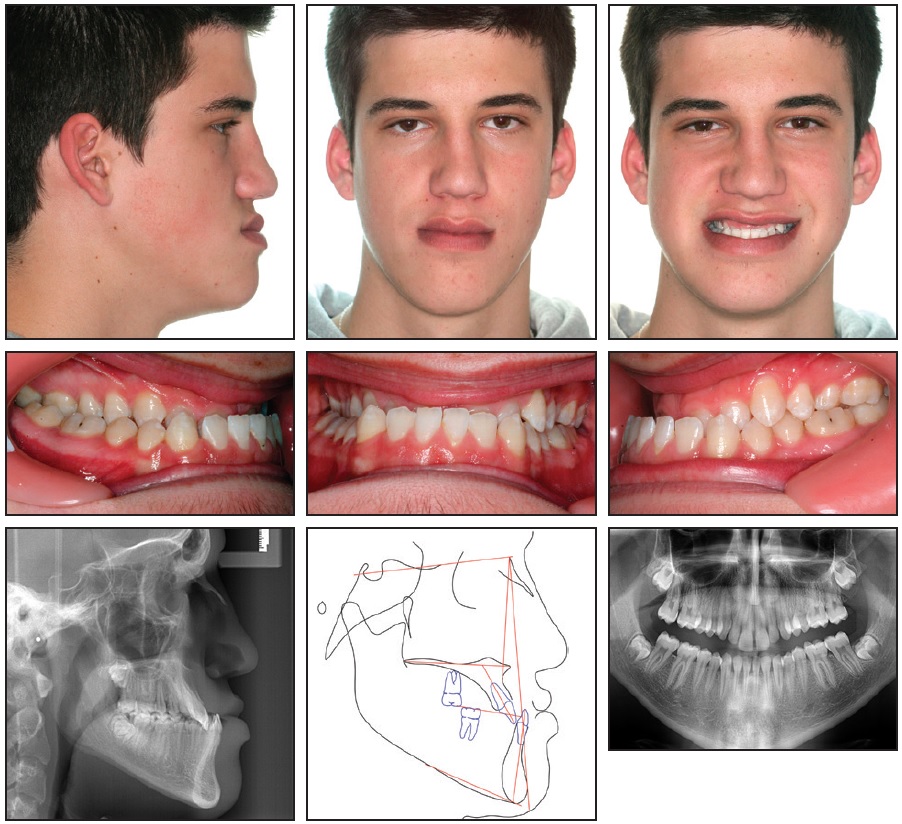
Nonsurgical Correction Of Severe Skeletal Class Iii Malocclusion Jco Online Journal Of Clinical Orthodontics
New Orthopedic And Orthodontic Treatment Modality For Adult Patients With Skeletal Class Iii Malocclusion With Insufficient Maxillary Incisor Exposure Ajo Do Clinical Companion

Multidisciplinary Treatment With A Customized Lingual Appliance For An Adult Patient With Severe Class Iii Malocclusion And Multiple Missing Teeth American Journal Of Orthodontics And Dentofacial Orthopedics

Non Surgical Compensation Of Skeletal Class Iii Malocclusions Oral Health Group
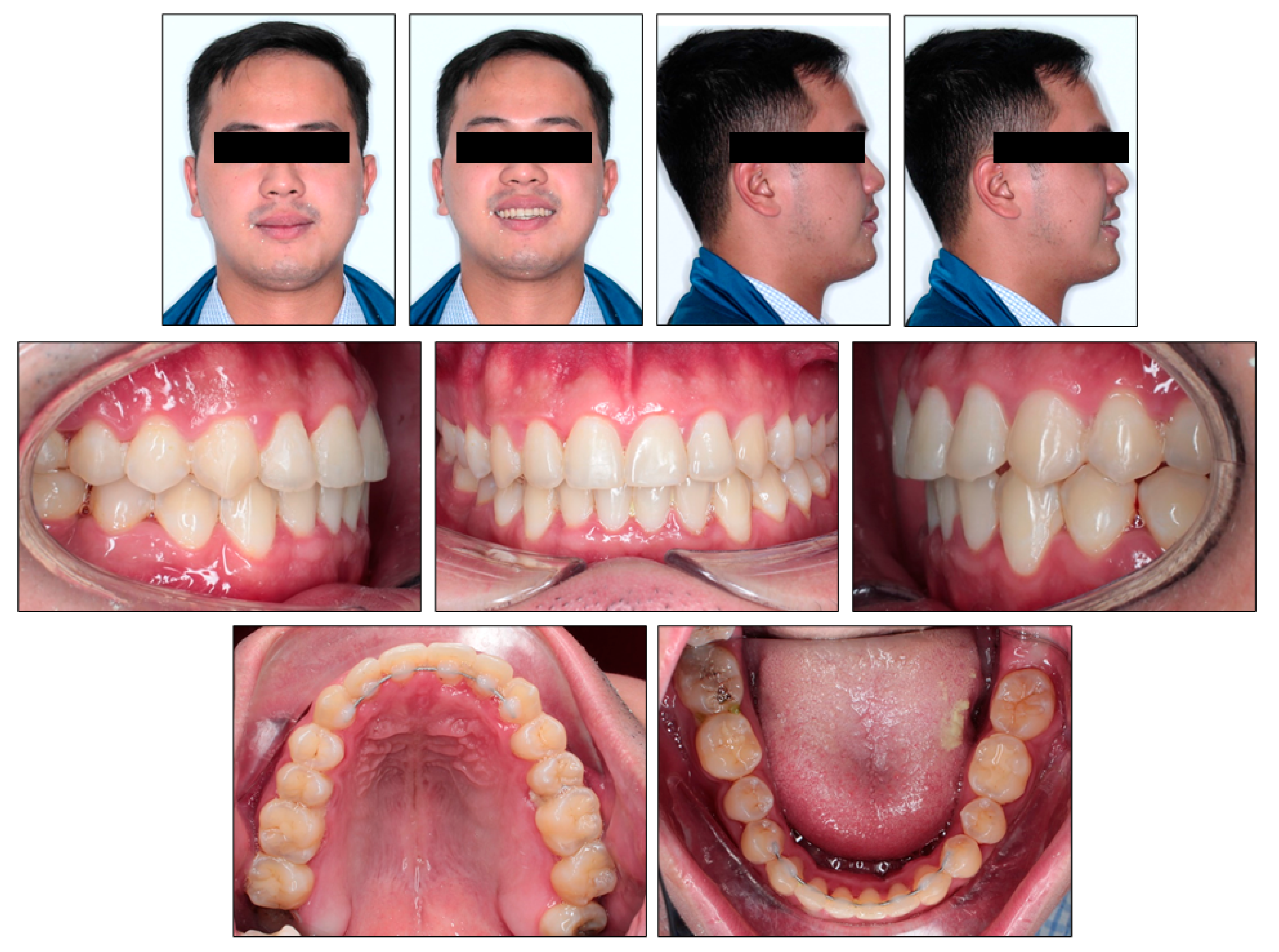
Ijerph Free Full Text Skeletal Class Iii Malocclusion With Lateral Open Bite And Facial Asymmetry Treated With Asymmetric Lower Molar Extraction And Lingual Appliance A Case Report Html
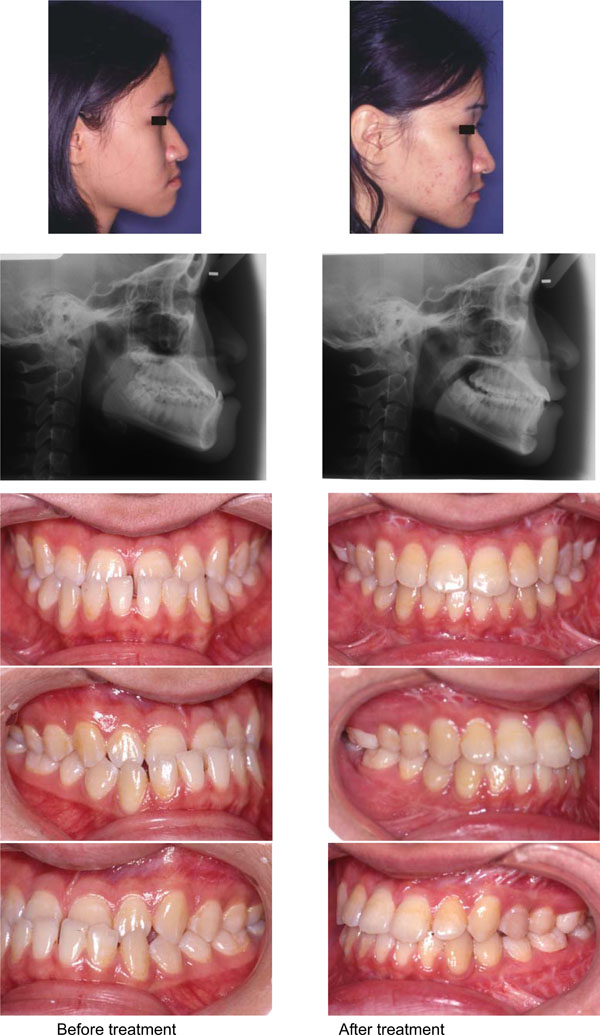
Treatment In Borderline Class Iii Malocclusion Orthodontic Camouflage Extraction Versus Orthognathic Surgery
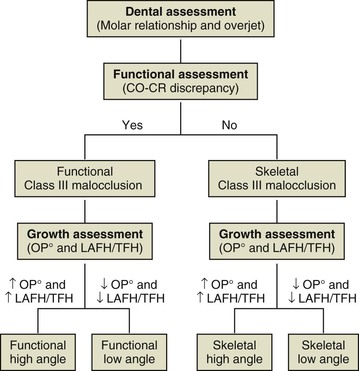
14 Treatment Strategies For Developing And Nondeveloping Class Iii Malocclusions Pocket Dentistry

Treatment For Class Iii Malocclusion Pocket Dentistry

Nonsurgical Correction Of Severe Skeletal Class Iii Malocclusion Jco Online Journal Of Clinical Orthodontics

Orthodontic Surgical Treatment Of Class Iii Malocclusion With Extraction Of An Impacted Canine And Multi Segmented Maxillary Surgery American Journal Of Orthodontics And Dentofacial Orthopedics
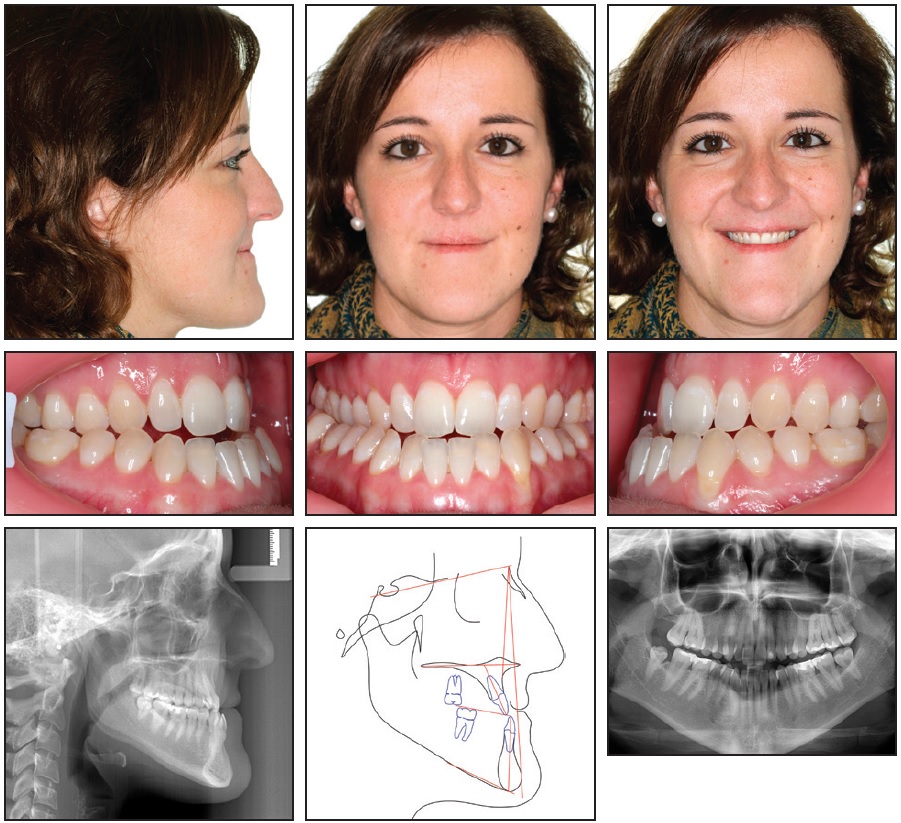
Nonsurgical Correction Of Severe Skeletal Class Iii Malocclusion Jco Online Journal Of Clinical Orthodontics

Class Iii Treatment Photos Orthodontics Cary Nc Clayton Nc
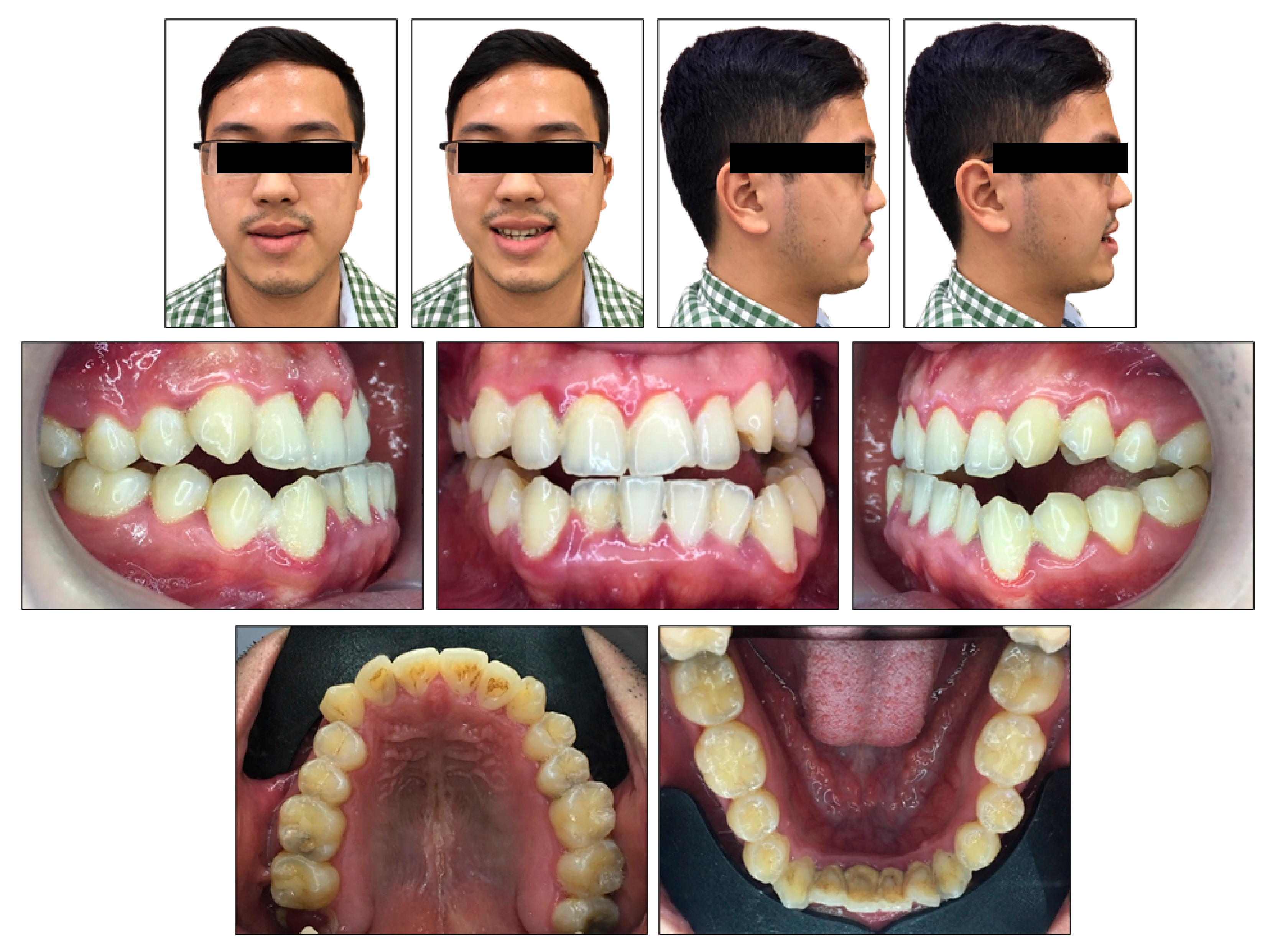
Ijerph Free Full Text Skeletal Class Iii Malocclusion With Lateral Open Bite And Facial Asymmetry Treated With Asymmetric Lower Molar Extraction And Lingual Appliance A Case Report Html
